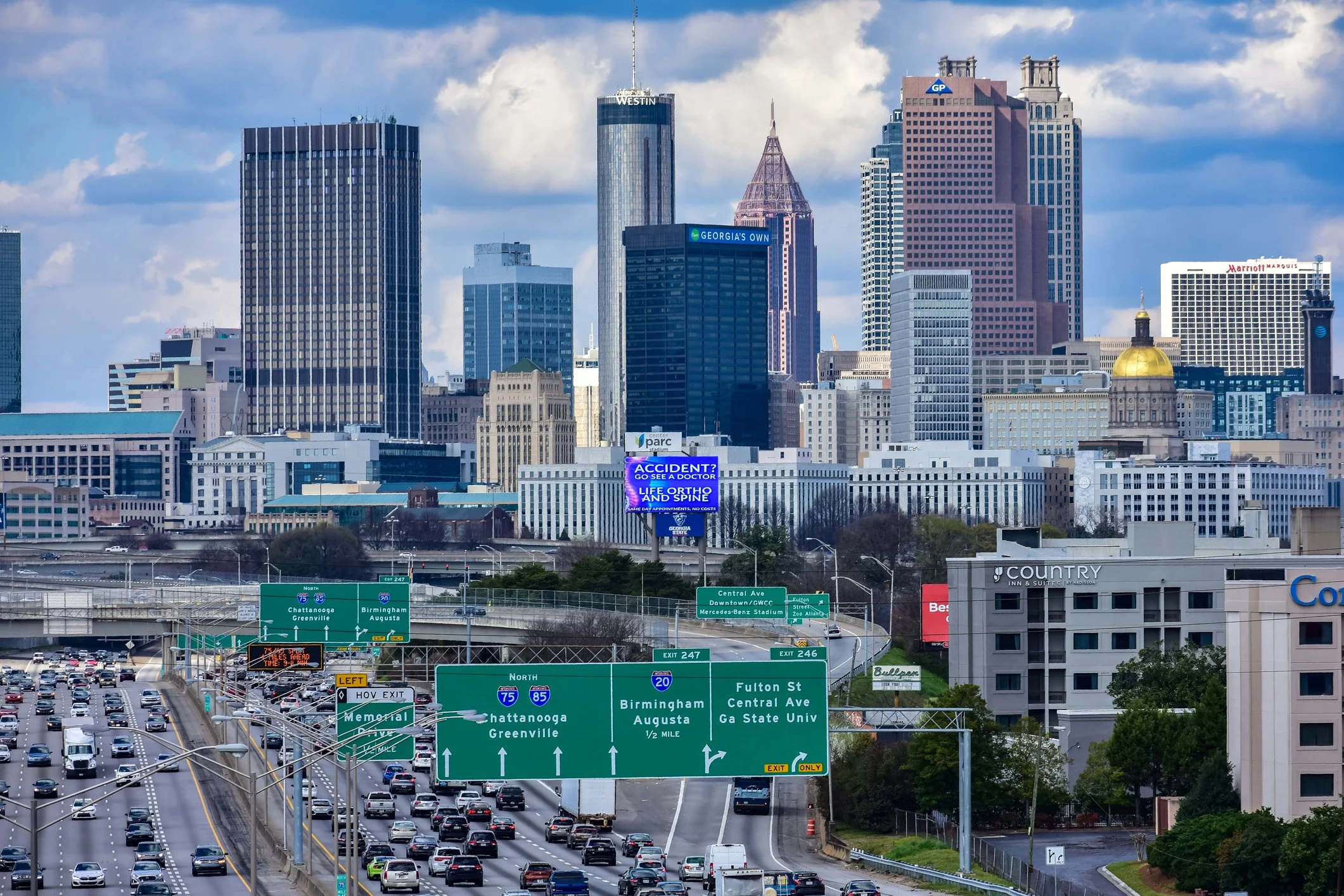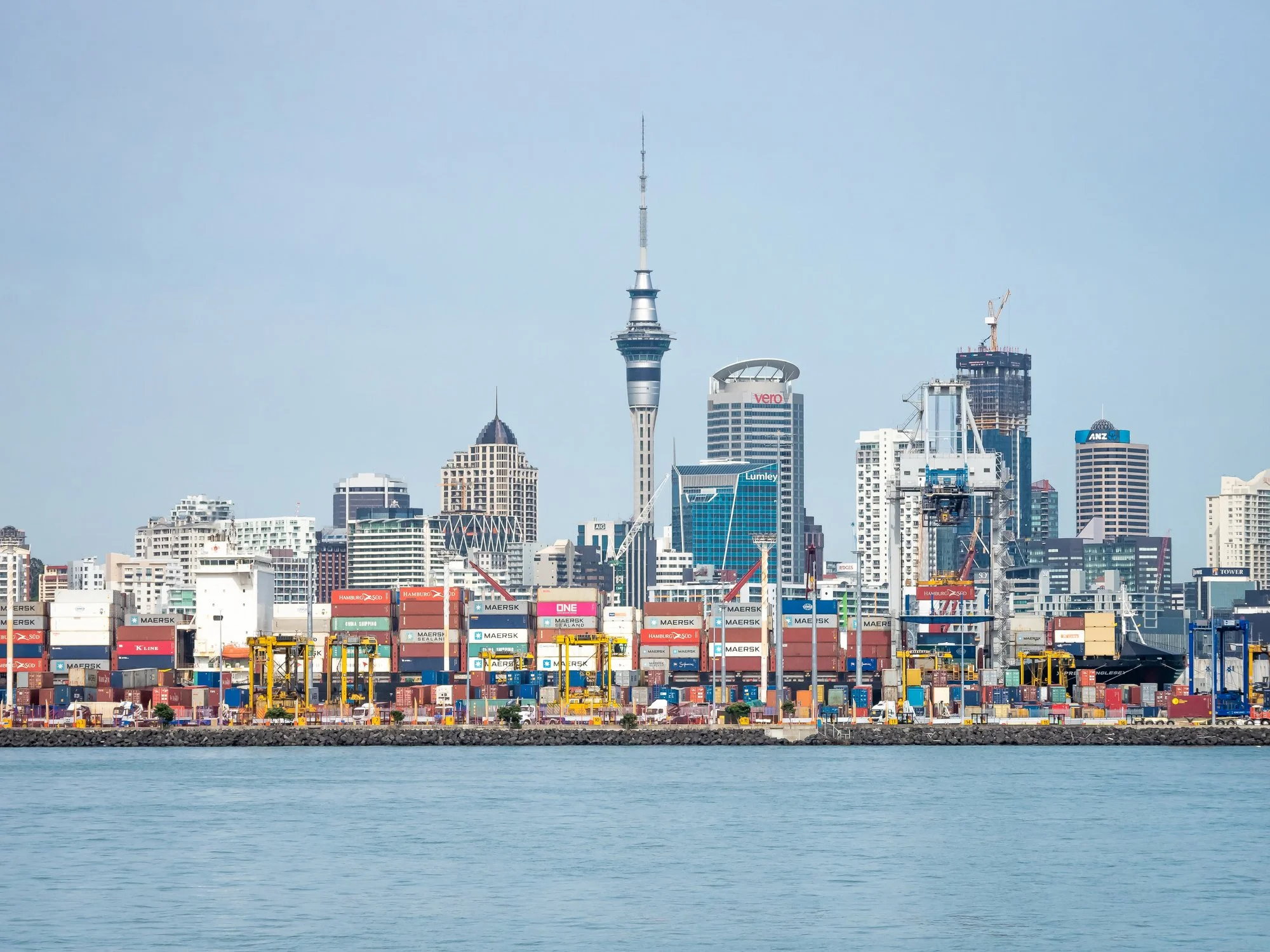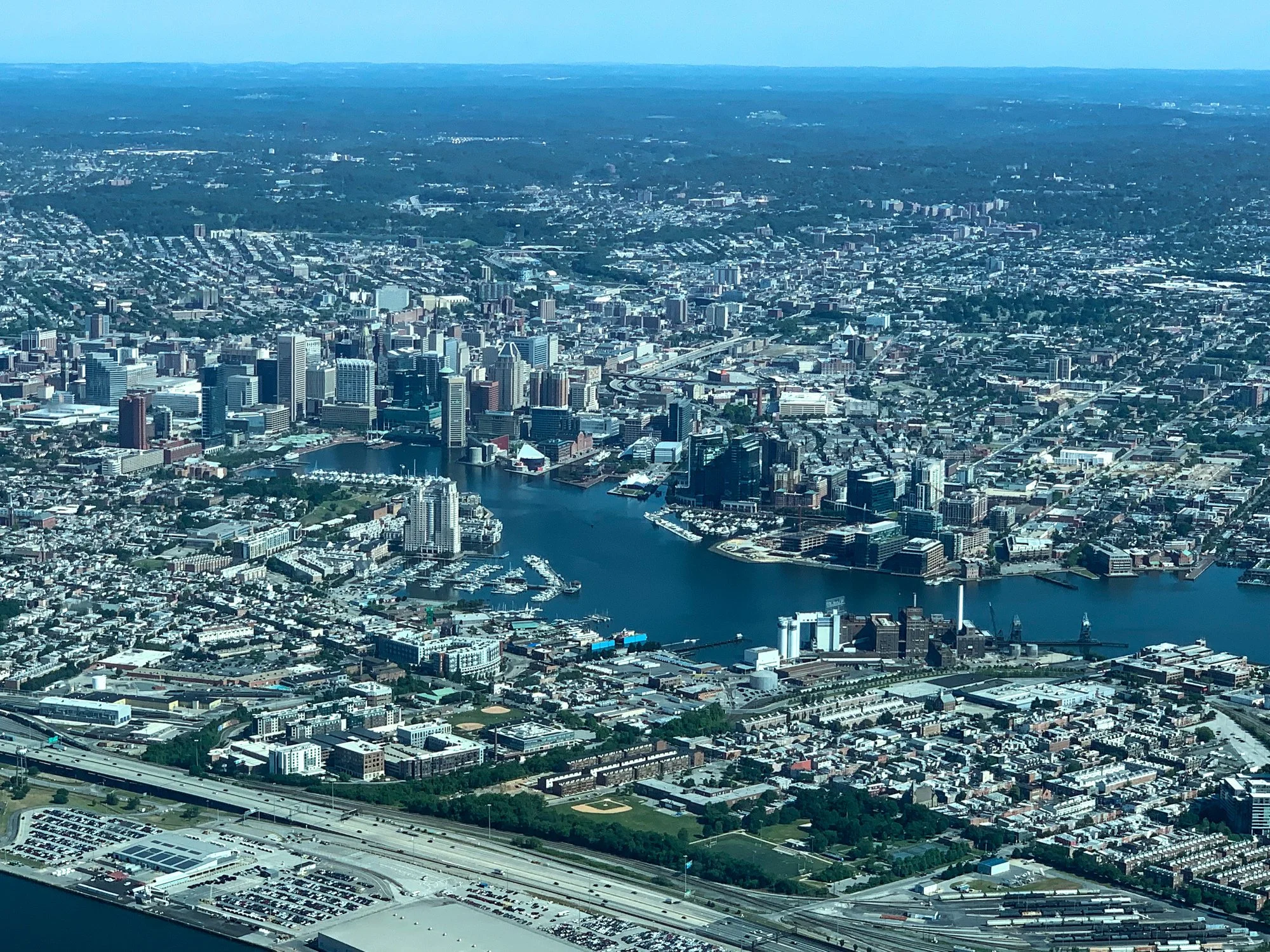‘Urbanistics’ — is the process of addressing the urban dynamics of cities through research and assessment of population densities, and patterns of evolution of both private built form and public infrastructure networks.
Through understanding population growth trends and transactional forces in the built environment, such mapping can be used to target sustainable development policies.
urbanistiX is a modern, dynamic platform that uniquely illustrates the scale and growth of the world’s largest Global Cities through visualisation and mapping of their topography, infrastructure and population patterns in an interactive manner.
This website thereby supports the collection of data from established, planned and emerging Global Cities having different typologies.
Journals
25. Amsterdam + extract (Steen E. Rasmussen)
“Amsterdam grew into a city of unusual size. The town was built on the mouth of a river. On each side of the Amstel a dike was erected, forming the foundation of a very modest settlement. Along the ridges ran the narrow main streets; stretching down to the river wharves were rows of merchants’ houses. From this nucleus, Amsterdam was to expand in an unusual organic fashion.”
24. Stockholm + extract (Steen E. Rasmussen)
“The Swedish capital was a small, mediaeval town on a rocky island that raised its ridge high above the sea. At the top, the market-place was situated, separated from the church by a single building block. Originally, the town had been very small, surrounded by protective walls which fortified the tremendous acclivity from the low-lying coast to the town perched high above it.”
23. Lagos + extract (Ademide Adelusi-Adeluyi)
‘n the early 19th century, in the Bight of Benin – an approximately 400 mile stretch of coastline beginning at Cape Paul, in present day Ghana, spanning the coasts of Toga and the Republic of Benin, and ending at the outlet of the Niger River in contemporary Nigeria was a time of internecine conflict… The history of Lagos in the bounded world of the Benin Lagoons, was set between the Atlantic world and the Yoruba Highlands hinterlands.’’
‘Global City Typologies: Transactional Forces in Urbanised Development’
Pre-order the brand new book by Nigel C. Lewis.








